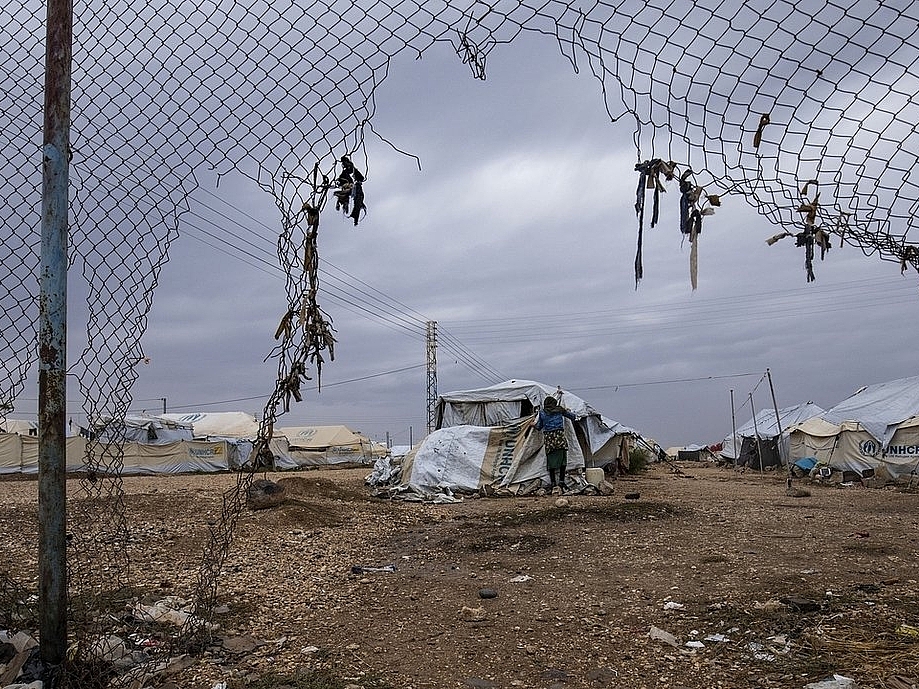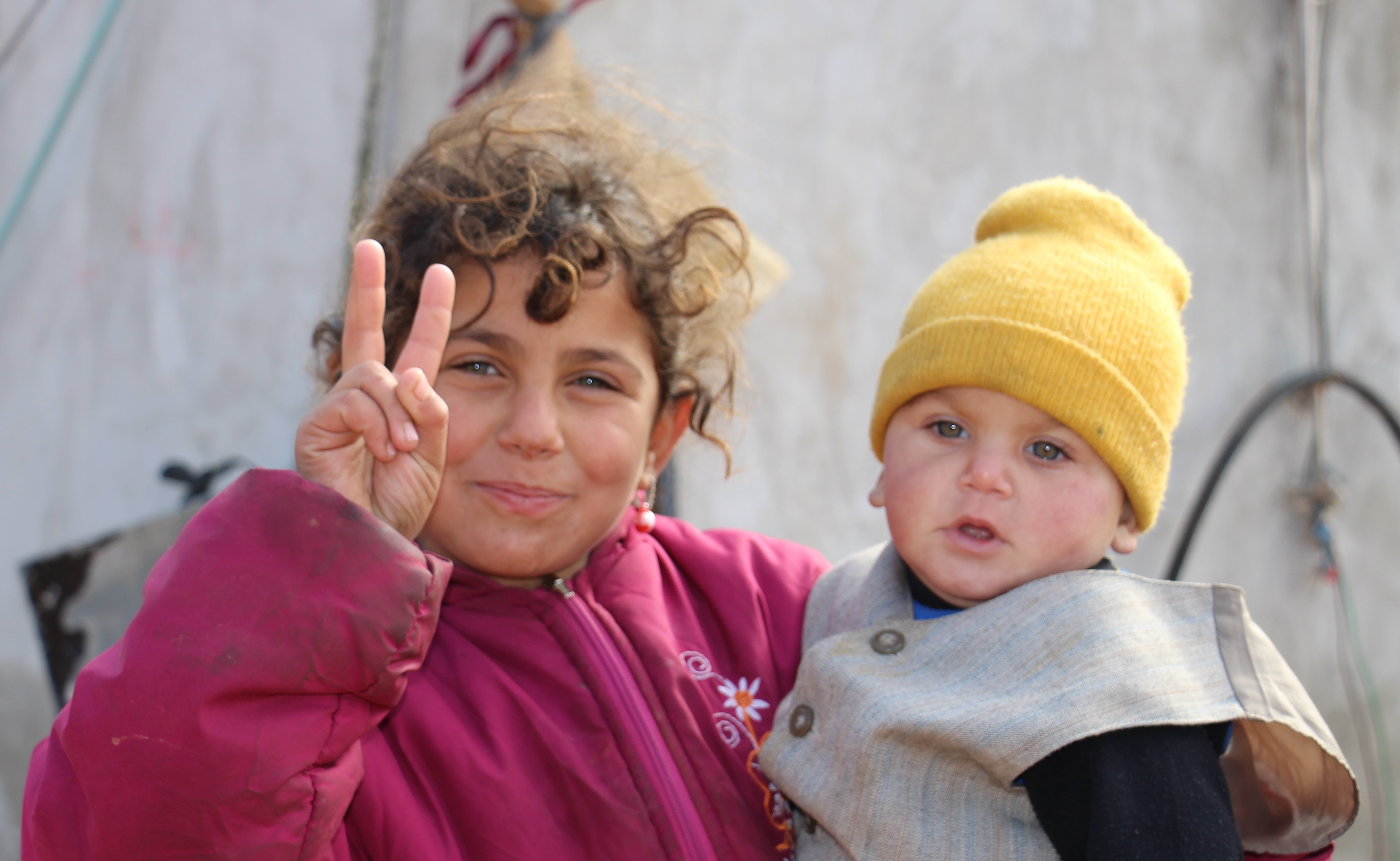
Those in need of a home

écrit par Chloé Gwynne, S5EN, Lënster Lycée international school
The Syrian Civil War commenced on March 15th, 2011, as did the Syrian Humanitarian Crisis. This war forced more than 14 million Syrians to flee their homes and families to acquire safety. Millions of Syrian refugees were required to live in poverty, in run down areas and refugee camps. Thus, what was the impact of this humanitarian crisis on the people of Syria?
The Human Impact
The humanitarian crisis has induced more than 7.4 million Syrians to be displaced in their own country whilst 70 percent of the population are in desperate need of humanitarian assistance. The Syrian Civil War has provoked 3 million Syrians to lose their jobs and 12.9 million citizens to lose access to basic needs such as water and food. Many health faculties, hospitals, schools, roads, and bridges lie in ruins of destruction whilst few are only partially functional. In addition, the main Syrian children have also experienced displacement, violence and loss which can usher to many being diagnosed with post-traumatic stress disorder (PTSD). Over 10,000 children are also unaccompanied or separated whilst an estimated 2.5 million children in Syria are out of school. Furthermore, the conflict has resulted in 618,000 deaths and 113,000 disappearances.
The Root Causes
The Syrian Civil War began with protests against the Ba'athist regime ruled by Bashar al-Assad. These protests which were initially sparked by arrests of teenagers for government oppositions, were suppressed and met rapidly with violence which escalated into the Syrian Civil War. The protests and pro-democracy rallies were root causes of the conflict. Furthermore, the war and displacement of the citizens created this severe humanitarian crisis, which left millions of people in need of necessities like food, water, shelter, and medical care. This humanitarian crisis was further complicated due to the war and its many consequences on the economy, infrastructure, and overall health of the people.
The Displacement Crisis
14 million Syrians citizens have been imposed to flee their homes whilst more than 6 million Syrian refugees now live in neighbouring countries such as Turkey, Lebanon, Jordan, and Iraq or further abroad. 1.3 million live in countries of the European Union and over 198,000 Syrian refuges live in the USA. Moreover, in 2025, approximately 850 Syrian refugees are now living in Luxembourg. Syrian refugees have sought asylum in more than 130 countries; however, Turkey hosts the largest population of Syrian refugees with 2.8 million. More than 70 percent of Syrian refugees are living in poverty, with limited access to basic services, education or job opportunities and few prospects of returning home. In Greece for example, the rejection rates for Syrian refugees seeking asylum was 23.34% in 2023. Additionally, approximately 8% of Syrian refugees reside in refugee camps whilst the remaining 92% of Syrian refuges often live in urban or rural areas, frequently facing challenges such as poverty, limited access to services, and precarious living conditions.
How the situation has evolved
Currently in 2025, the humanitarian refugee crisis in Syria is still ongoing however there have been numerous positive changes. While the situation in Syria remains one of the largest displacement crises in the world, over 500,000 Syrian refugees and 1,700,000 internally displaced people have now been reported to have returned to their home region or country. This shift has created a positive change as many families and homes are now reunited. The situation has also improved and evolved with the countless amounts of help from the UN Refugee Agency (UNHCR) which has provided essential services like shelters, supplies, and medical care, as well as helping to repair civilian infrastructure and providing humanitarian assistance. CARE has also helped make positive changes for the humanitarian crisis by supporting the affected population in Syria through assistance, relief supplies, protection, and livelihood support.
Disclaimer
Toutes les opinions exprimées par les « Correspondants Humanitaires » sont uniquement leurs opinions actuelles et ne reflètent pas les opinions de CARE International, CARE Luxembourg a.s.b.l., d'autres bureaux de CARE et leurs affiliés. Les opinions des « Correspondants Humanitaires » sont basées sur des informations qu'ils considèrent comme fiables, mais ni CARE Luxembourg a.s.b.l., ni ses affiliés et partenaires ne garantissent leur exhaustivité ou leur exactitude, et elles ne doivent pas être considérées comme telles.
Les « Correspondants Humanitaires » sont des étudiants (pour la plupart mineurs) des lycées luxembourgeois qui ont participé à trois ateliers guidés par CARE Luxembourg a.s.b.l. et ont été chargés de faire leurs propres recherches sur les pays proposés. CARE Luxembourg a.s.b.l. se réserve le droit de modifier la forme des articles mais ne changera pas le contenu du matériel afin de respecter le travail des étudiants et leurs points de vue.
